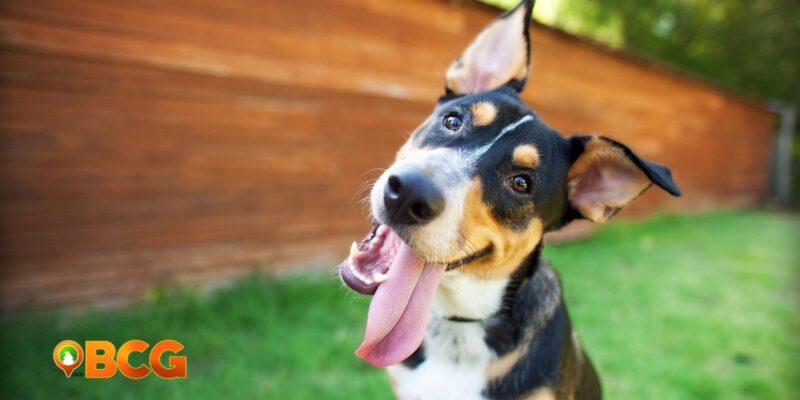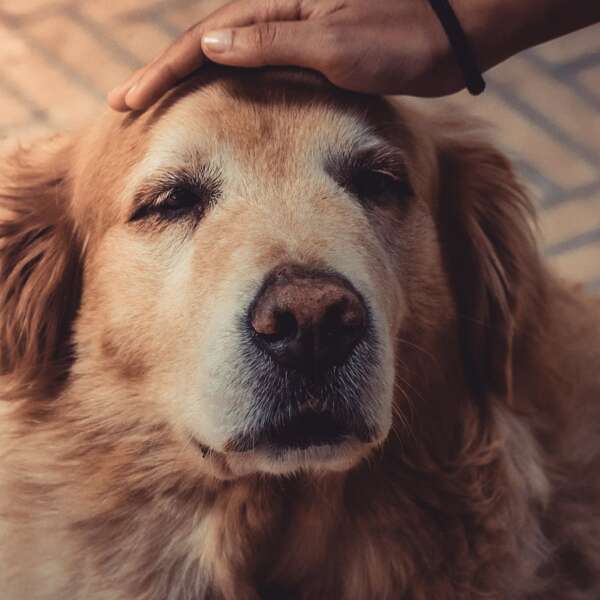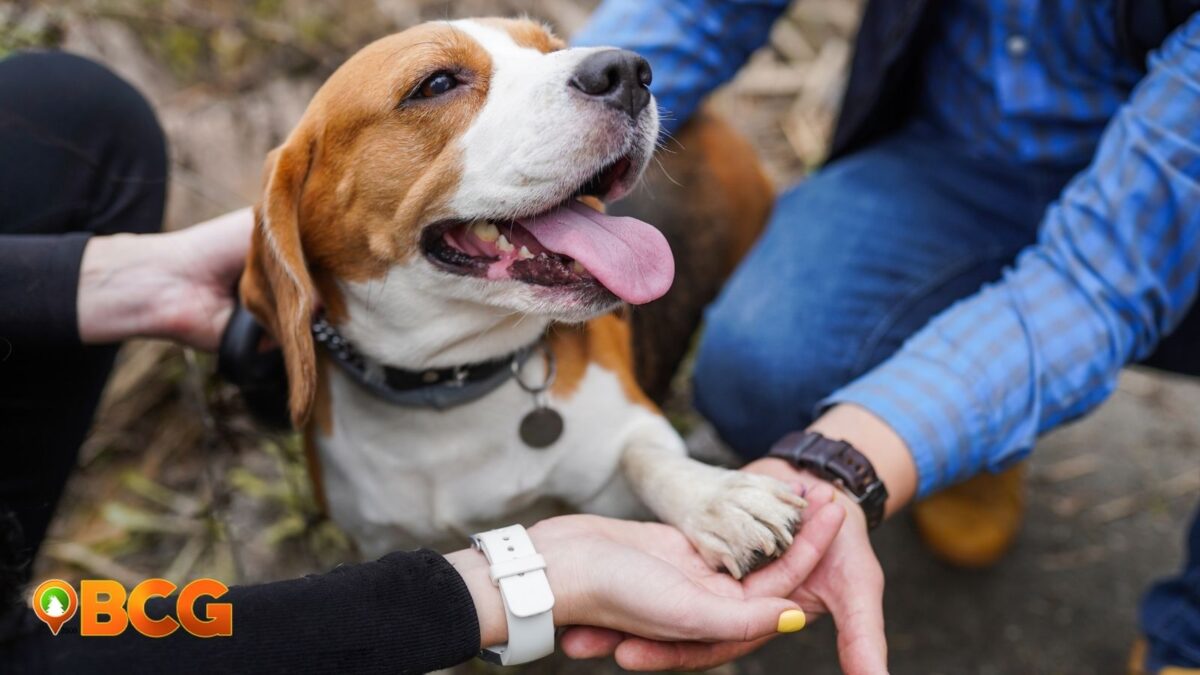Study reveals why dogs do the head-tilt and its not what we think
Dogs amuse us with their cuteness and their quirky little antics. Not to mention the fact that dogs take the definition of loyalty to the highest level. While the bond between man and dog gives that sort of mutual understanding, little is known about why dogs do what they do. Actions like barking in different tones could mean a myriad of things.
Cute movements like head-tilting have been associated with confusion and curiosity as commonly portrayed in the movies however a recent study revealed that this is not the case. Head tilting in dogs is connected with intense concentration and attention according to the results of the study.
How the study was conducted
The study with the title “An exploratory analysis of head-tilting in dogs” was published on October 26, 2021, under the category animal cognition. In the study, the researchers, Andrea Sommese, Ádám Miklósi, Ákos Pogány, Andrea Temesi, Shany Dror & Claudia Fugazza, stated that to the best of their knowledge, no study has been conducted with regards to head-tilting in dogs.
In this study, the researchers recruited 40 dogs wherein 33 were family dogs motivated for toys and 7 dogs who are consistent in learning object names and were regarded as gifted word learners (GWL). During the process of the study, the dogs were trained and tested to identify toy objects. Most of the 33 dogs of various breeds were performed below the average while the 7 GWL’s performed excellently, the seven GWL dogs were of the border collie breed.
Experiment process
The study was divided into three experiments, and they are conducted as follows:
Experiment 1:
During this stage of the experiment, all 40 dogs were tested on object-label acquisition. The dogs were trained to identify two toys, the type of toys are consistent throughout this stage of the experiment. The dogs were tested every month during the 3-month long training period. During the training and testing period, the dog owner will give the command to the dog (example: “get rope”) and the dog will enter an adjacent room where the items are and the dog will have to bring back the item to the owner.
The result of this experiment showed that the 33 dogs of various breeds we unable to pass the tests, while the 7 collies considered as GWL’s were able to pass the tests. However, one collie was not able to move on to experiment 2 because she died before experiment 2 started.
Experiment 2:
Only those who passed Experiment 1 during the testing period were allowed to move on to experiment 2. This experiment is similar to the first experiment however, the owners will introduce new toys to their dogs. There are multiple toys in the adjacent room where the dogs must pick out the correct toy based on the command of their owner.
Experiment 3:
All 6 dogs participated in Experiment 3. The process of training and testing is similar however the dogs are given a much shorter time to learn the new toys. In the first phase of the experiment, the dogs were given 7 days to learn six new toys, and in the second phase also 7 days, however, they have to learn 12 new toys.
Observation of the head-tilting
During the first experiment, head-tilting is much more common in the 7 Collies than in the 33 other dogs. The head-tilting is observed even more during experiments 2 and 3. It was found out the instance of head-tilting is more likely and repeatable during Experiments 2 and 3. During the first experiment, all dogs were subjected to the same training and test and it was found out that the 33 dogs who did not pass the test were also noticed to have less frequent head tilting compared to the 7 collies. In addition, the head-tilting from the collies was noticed upon hearing the owner’s command on a familiar toy. This has been interpreted to be an act of intense attention or mental action of matching a toy name they heard to a specific visual image.
While it was seen in these experiments as the breed with a higher aptitude for sound and visual image association, the researchers warned that this talent is not exclusive to a certain breed of dogs. The researchers have actually observed similar talents from other breeds. Further, the researchers stated that further studies should be done on other dog breeds.

Source: https://link.springer.com/article/10.1007/s10071-021-01571-8
















